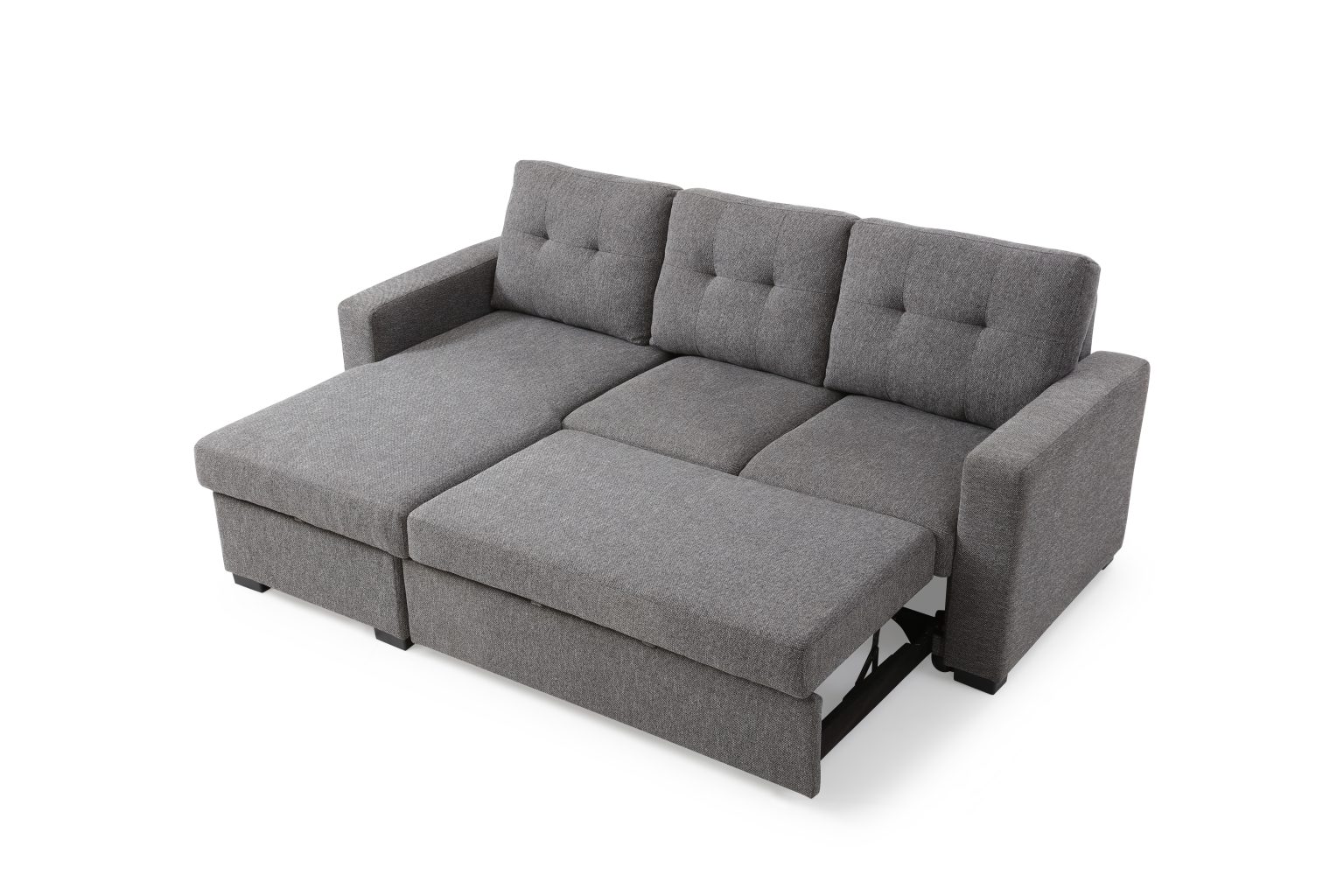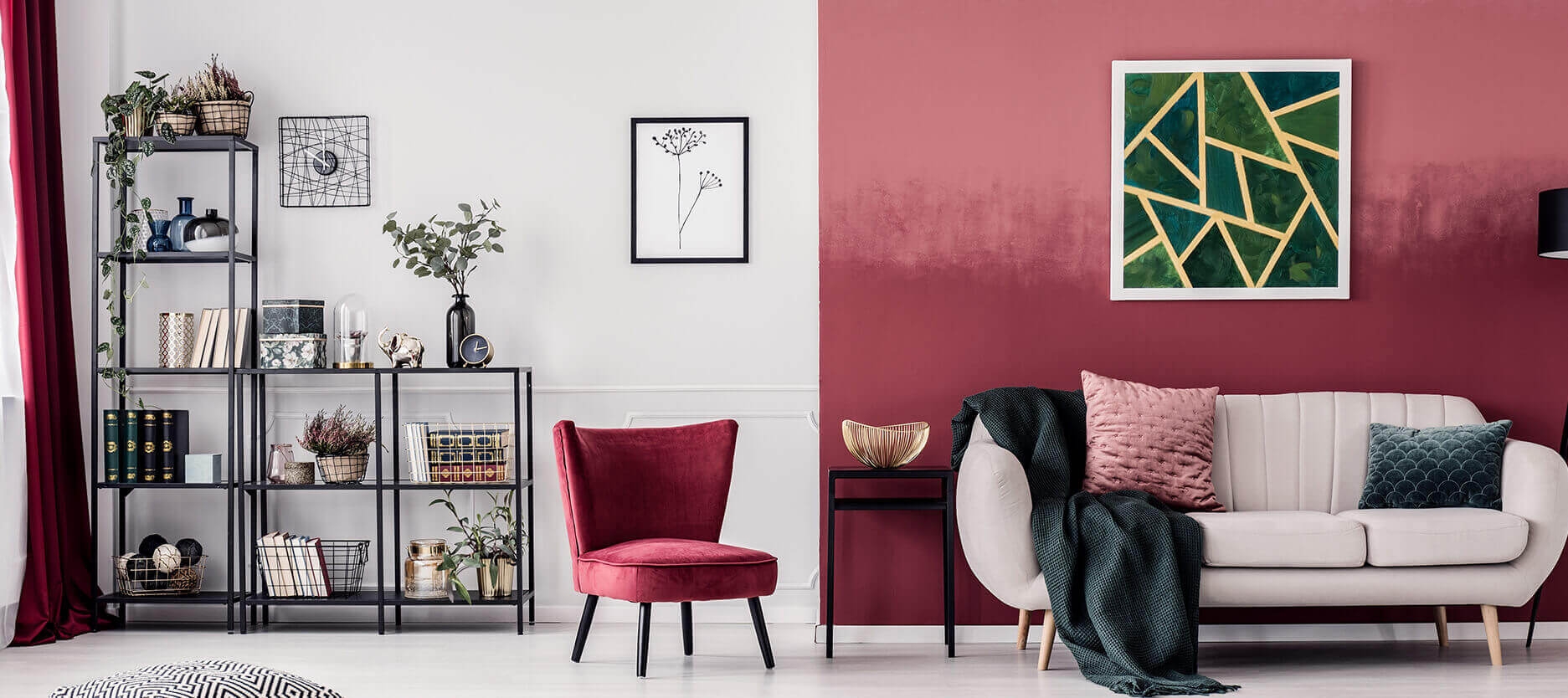When it comes to painting your kitchen walls, the first and most important step is choosing the right color. The color you choose will set the tone for your entire kitchen, so it's important to choose wisely. Neutral colors such as white, beige, or gray are popular choices for kitchen walls as they provide a clean and timeless look. However, if you want to add a pop of color, bold shades such as navy blue, emerald green, or even a sunny yellow can make a statement in your kitchen.1. Choosing the Right Paint Color for Your Kitchen Walls
Before you start painting, it's crucial to properly prep and prime your kitchen walls. This will ensure that the paint adheres smoothly and evenly and will also help to cover any imperfections on the walls. Start by cleaning the walls thoroughly with a mild detergent and water. Fill any holes or cracks with spackling compound, and sand down any rough areas. Once the walls are dry, apply a coat of primer to create a smooth and even surface for the paint to adhere to.2. How to Prep and Prime Your Kitchen Walls for Painting
Painting kitchen walls may seem like a simple task, but there are a few tips and tricks that can help you achieve a professional-looking finish. Start by using high-quality paint and investing in good quality brushes or rollers. Use long and even strokes to avoid visible brush or roller marks, and paint in small sections at a time to ensure that the paint doesn't dry too quickly. It's also important to cut in or paint the edges and corners of the walls before using a roller for the larger areas.3. Tips for Painting Kitchen Walls Like a Pro
Choosing the right type of paint for your kitchen walls can make a big difference in the overall look and durability of the paint job. Semi-gloss or satin finishes are popular choices for kitchen walls as they are easy to clean and can withstand moisture and grease. However, if you prefer a matte finish, opt for a washable and scrubbable paint to make it easier to clean any spills or splatters.4. The Best Type of Paint for Kitchen Walls
Using a roller to paint your kitchen walls can save you time and effort compared to using a brush. Start by dipping the roller into the paint tray and rolling it back and forth to evenly distribute the paint. Begin at the top of the wall and work your way down in a W pattern, overlapping each section as you go. Once the first coat is dry, apply a second coat for a more even and polished finish.5. How to Paint a Kitchen Wall with a Roller
While painting your kitchen walls may seem like a straightforward task, there are a few do's and don'ts to keep in mind to ensure a successful paint job. Do tape off any areas that you don't want to get paint on, such as trim, cabinets, or appliances. Don't paint over wallpaper or glossy paint without properly prepping the surface first. And most importantly, do take your time and be patient to achieve the best results.6. Painting Kitchen Walls: Do's and Don'ts
If you prefer using a brush instead of a roller, start by dipping the brush into the paint and removing any excess by tapping it on the side of the paint can. Use long and even strokes to apply the paint, and make sure to blend any brush marks as you go. To avoid visible brush marks, paint in one direction and then go back over the area in the opposite direction to smooth out the paint.7. How to Paint a Kitchen Wall with a Brush
The finish or sheen of your kitchen wall paint can make a big difference in the overall look and feel of your kitchen. Glossy finishes such as semi-gloss and satin are popular choices for kitchen walls as they are easy to clean and provide a smooth and shiny surface. However, if you prefer a more matte or subtle look, opt for a flat or eggshell finish that will add a touch of warmth and texture to your kitchen walls.8. Choosing the Right Finish for Your Kitchen Wall Paint
If you want to add some depth and character to your kitchen walls, consider using textured paint. Start by taping off any areas that you don't want to get paint on, such as trim or cabinets. Then, using a roller or brush, apply the textured paint in random and overlapping patterns to create a unique and textured look. Once the first coat is dry, go back over the areas that need more texture to create a more even finish.9. How to Paint a Kitchen Wall with Textured Paint
While painting your kitchen walls may seem like a simple task, there are a few common mistakes that can easily be avoided. Don't rush the painting process and make sure to properly prep and prime your walls beforehand. Don't overload your brush or roller with paint, as this can lead to drips and uneven coverage. And finally, don't skimp on quality paint and tools, as they can make a big difference in the overall look and longevity of your kitchen wall paint job.10. Common Mistakes to Avoid When Painting Kitchen Walls
Choosing the Right Paint Color for Your Kitchen

Introduction
 When it comes to house design, one of the easiest and most impactful ways to update a space is by giving it a fresh coat of paint. In the kitchen, this can make a huge difference in the overall look and feel of the room. But with so many paint colors to choose from, it can be overwhelming to decide which one is best for your kitchen walls. In this article, we will guide you through the process of choosing the perfect paint color for your kitchen, so that you can create a space that is both functional and visually appealing.
When it comes to house design, one of the easiest and most impactful ways to update a space is by giving it a fresh coat of paint. In the kitchen, this can make a huge difference in the overall look and feel of the room. But with so many paint colors to choose from, it can be overwhelming to decide which one is best for your kitchen walls. In this article, we will guide you through the process of choosing the perfect paint color for your kitchen, so that you can create a space that is both functional and visually appealing.
The Importance of Color Psychology
 Before we dive into specific paint colors, it's important to understand the concept of color psychology.
Color psychology
refers to the impact that different colors have on our moods and emotions. This is an important consideration when choosing a paint color for any room in your house, as different colors can evoke different feelings and create different atmospheres.
Before we dive into specific paint colors, it's important to understand the concept of color psychology.
Color psychology
refers to the impact that different colors have on our moods and emotions. This is an important consideration when choosing a paint color for any room in your house, as different colors can evoke different feelings and create different atmospheres.
Consider the Function of Your Kitchen
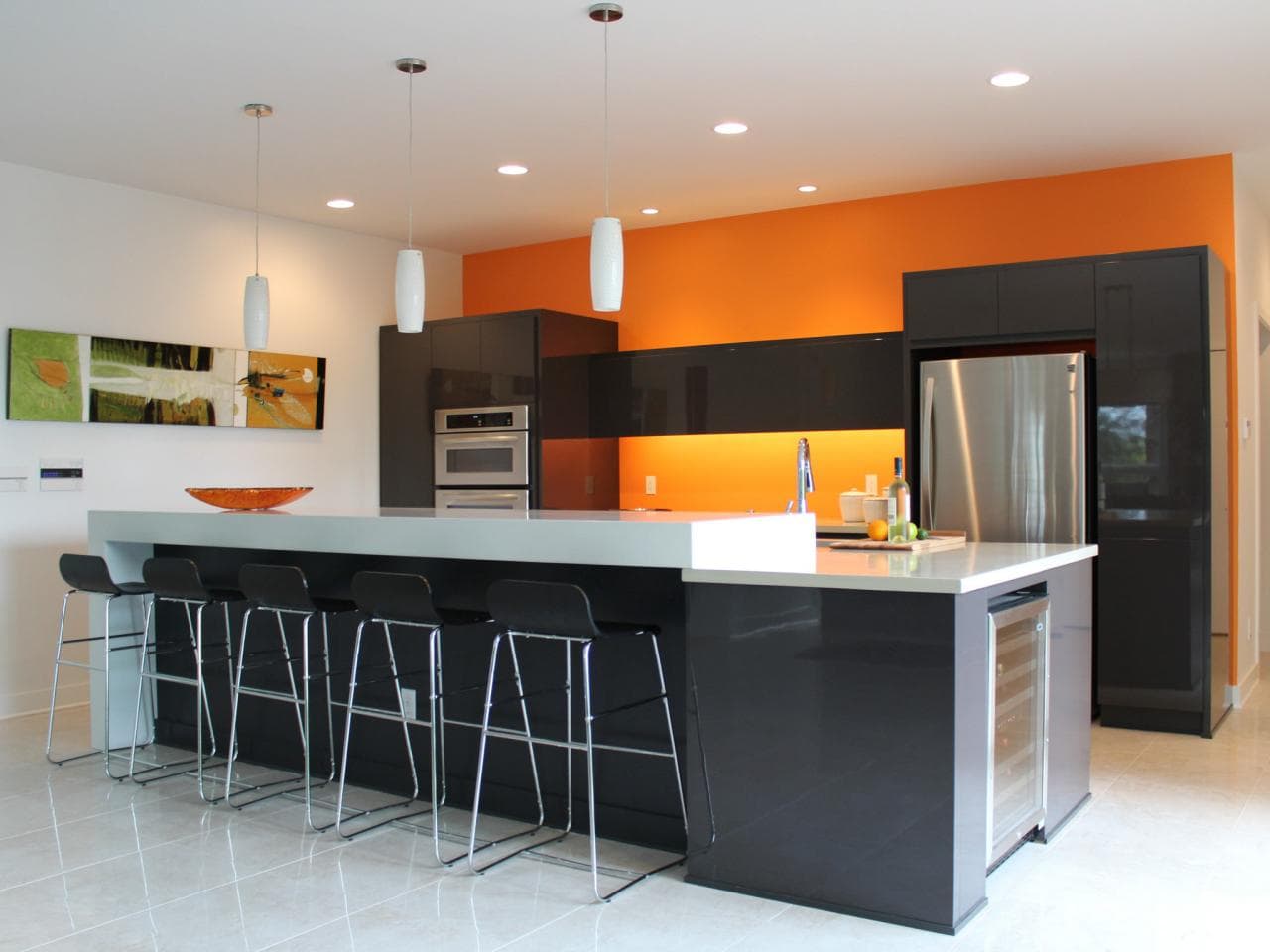 When choosing a paint color for your kitchen, it's important to consider the function of the space. Is your kitchen a place where you spend a lot of time cooking and preparing meals? Or is it primarily used for entertaining and socializing? The function of your kitchen will play a big role in the color you choose.
Warm colors
like yellow, orange, and red are known to stimulate appetite and promote conversation, making them great choices for a kitchen that is used for socializing. On the other hand,
cool colors
like blue and green can create a more calming and serene atmosphere, which may be better suited for a kitchen that is primarily used for cooking and meal prep.
When choosing a paint color for your kitchen, it's important to consider the function of the space. Is your kitchen a place where you spend a lot of time cooking and preparing meals? Or is it primarily used for entertaining and socializing? The function of your kitchen will play a big role in the color you choose.
Warm colors
like yellow, orange, and red are known to stimulate appetite and promote conversation, making them great choices for a kitchen that is used for socializing. On the other hand,
cool colors
like blue and green can create a more calming and serene atmosphere, which may be better suited for a kitchen that is primarily used for cooking and meal prep.
Consider Your Existing Color Scheme
 Another important factor to consider when choosing a paint color for your kitchen is your existing color scheme. If you have bold and colorful appliances or cabinets, you may want to opt for a neutral paint color to balance out the space. On the other hand, if your kitchen is mostly neutral, you can use paint to add a pop of color and personality to the room.
Contrasting colors
can create a dramatic and eye-catching effect, while
complementary colors
can create a harmonious and cohesive look.
Another important factor to consider when choosing a paint color for your kitchen is your existing color scheme. If you have bold and colorful appliances or cabinets, you may want to opt for a neutral paint color to balance out the space. On the other hand, if your kitchen is mostly neutral, you can use paint to add a pop of color and personality to the room.
Contrasting colors
can create a dramatic and eye-catching effect, while
complementary colors
can create a harmonious and cohesive look.
Test Before You Commit
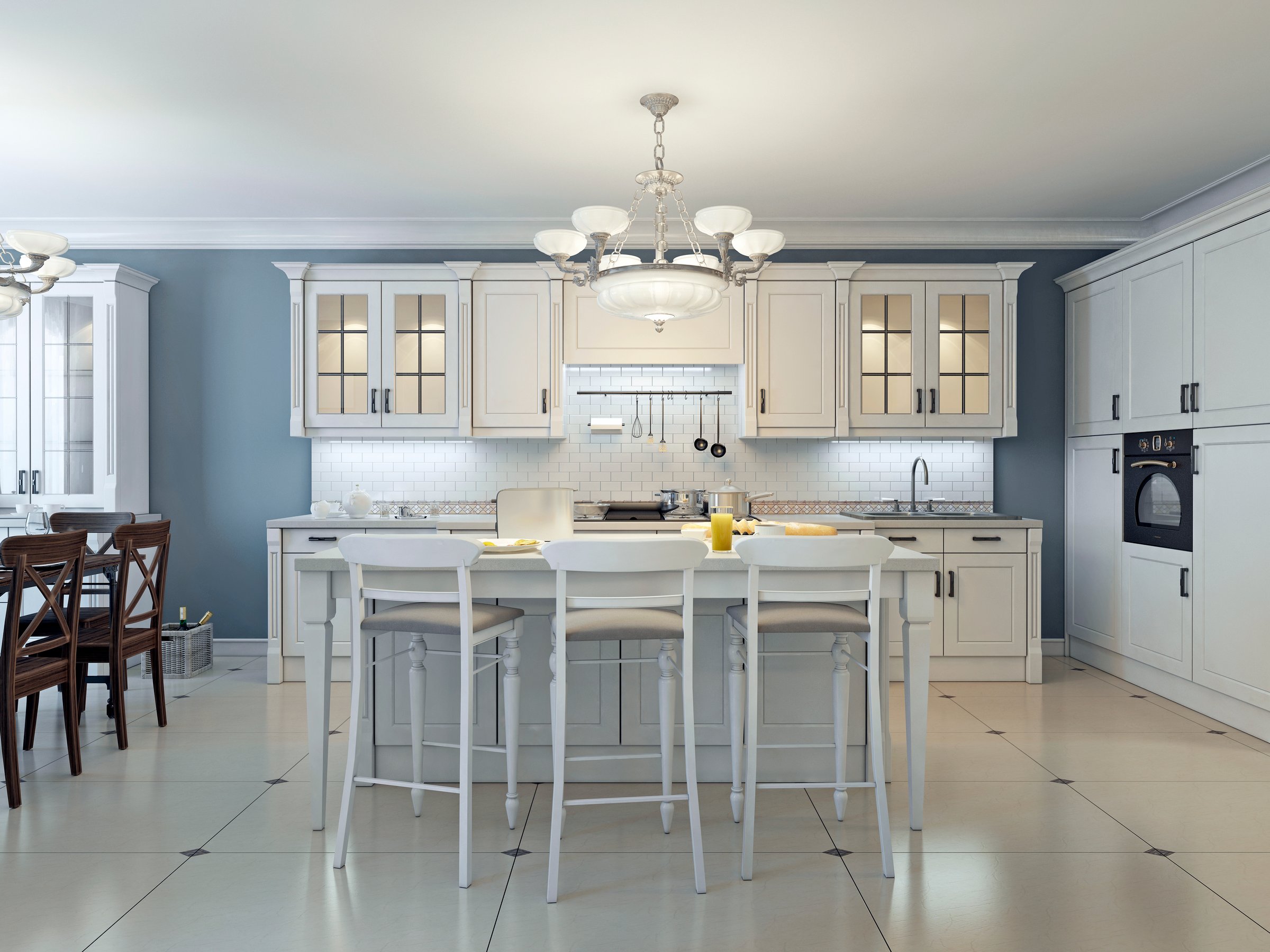 Before you commit to painting your entire kitchen, it's important to test out your chosen paint color. This will allow you to see how the color looks in different lighting and against your existing decor. You can purchase small sample sizes of paint and try them out on a small section of your wall. This will also give you the opportunity to see how the paint covers and dries, as different brands and formulas can vary.
Before you commit to painting your entire kitchen, it's important to test out your chosen paint color. This will allow you to see how the color looks in different lighting and against your existing decor. You can purchase small sample sizes of paint and try them out on a small section of your wall. This will also give you the opportunity to see how the paint covers and dries, as different brands and formulas can vary.
In Conclusion
 Painting a kitchen wall is a simple and cost-effective way to transform the look and feel of your space. By considering factors such as color psychology, the function of your kitchen, and your existing color scheme, you can choose a paint color that will enhance the overall design of your kitchen. Remember to test your chosen color before committing to the entire room, and have fun creating a space that reflects your personal style and tastes.
Painting a kitchen wall is a simple and cost-effective way to transform the look and feel of your space. By considering factors such as color psychology, the function of your kitchen, and your existing color scheme, you can choose a paint color that will enhance the overall design of your kitchen. Remember to test your chosen color before committing to the entire room, and have fun creating a space that reflects your personal style and tastes.







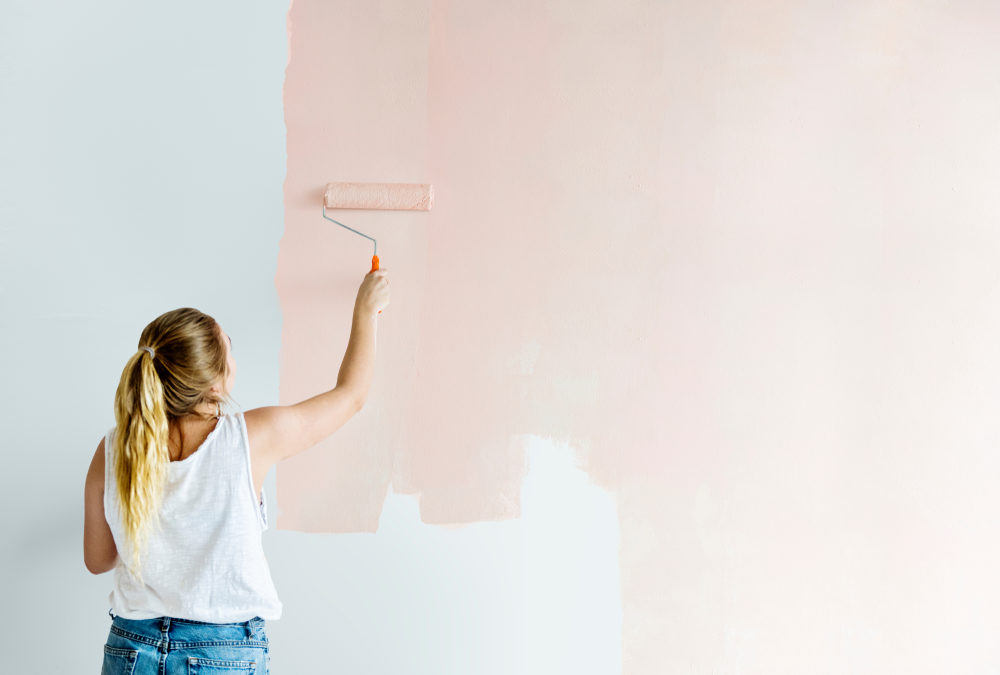








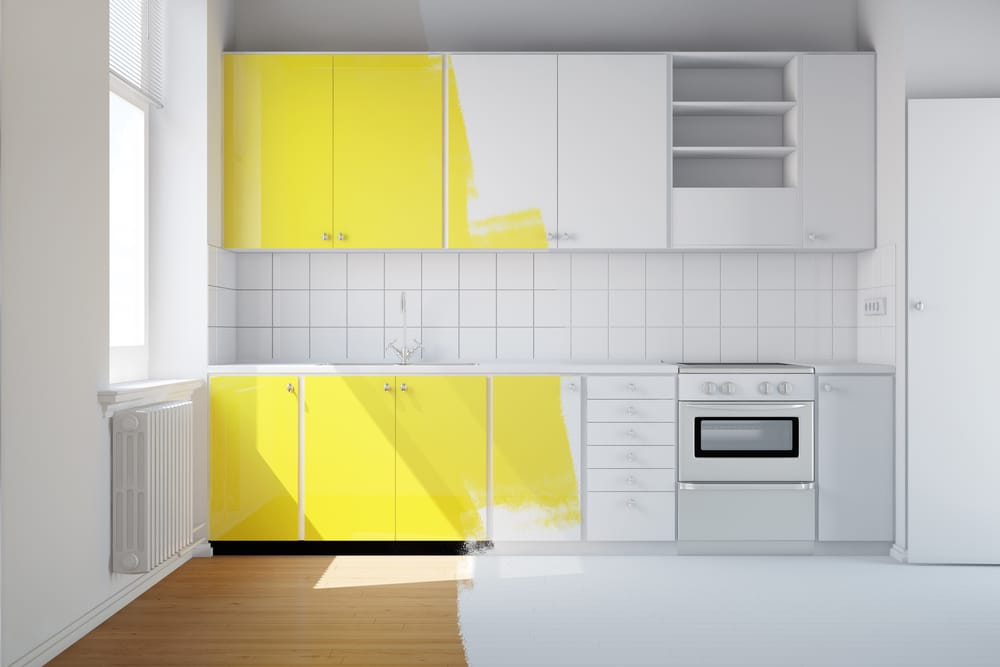
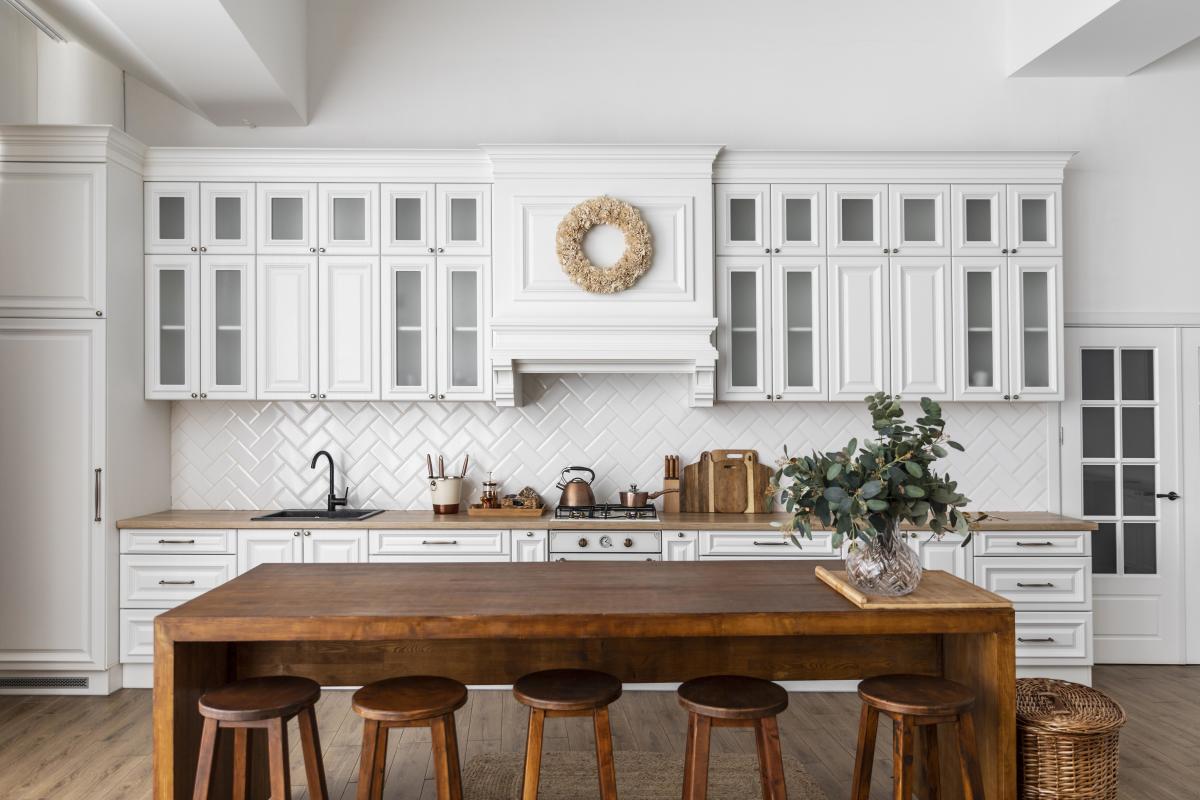



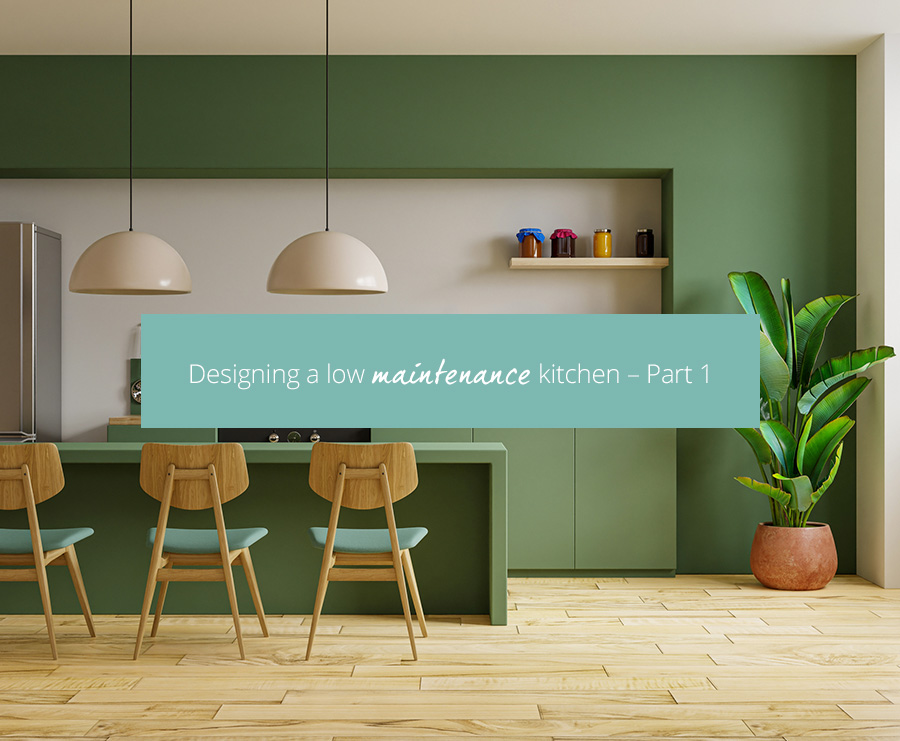








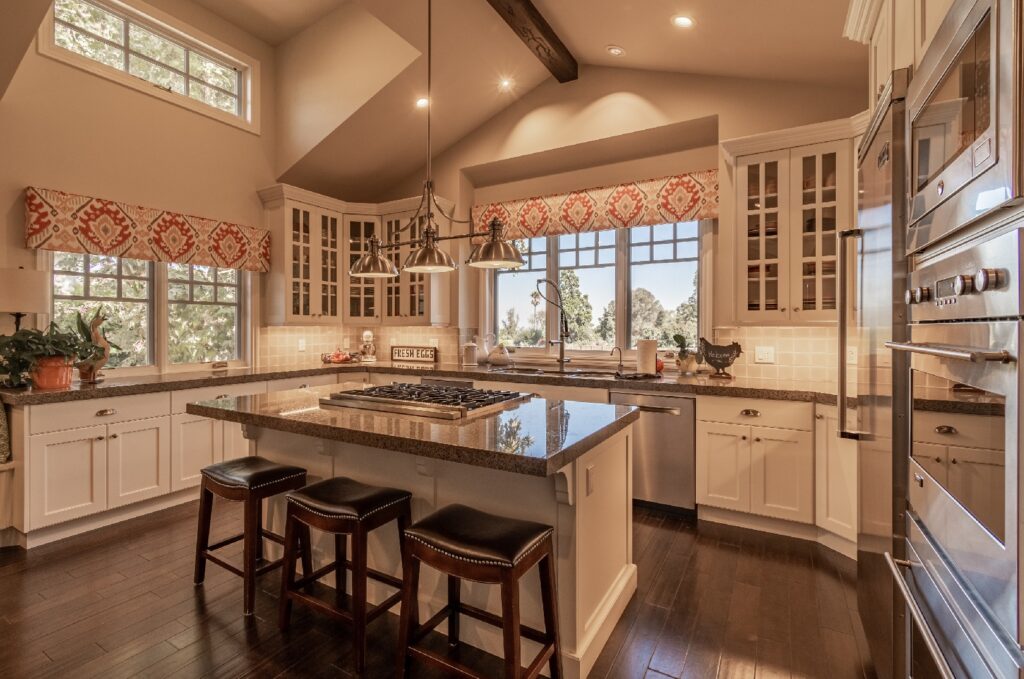

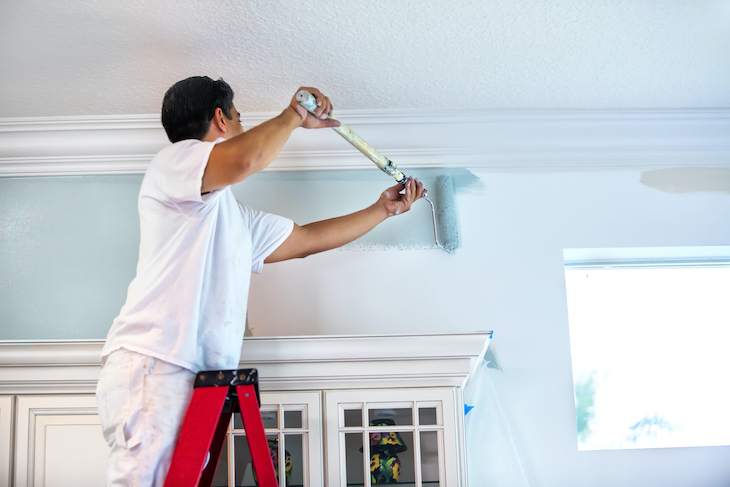




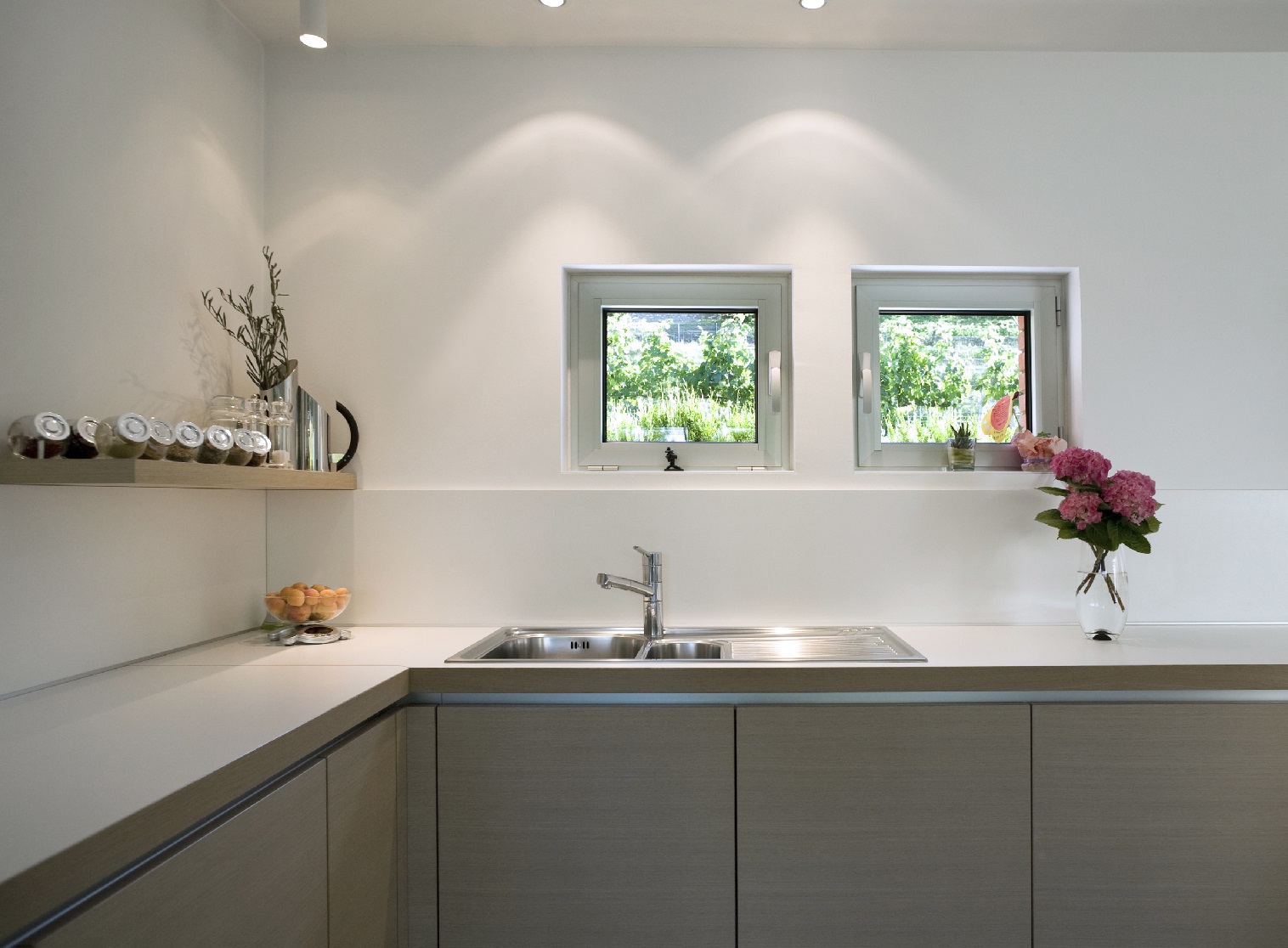
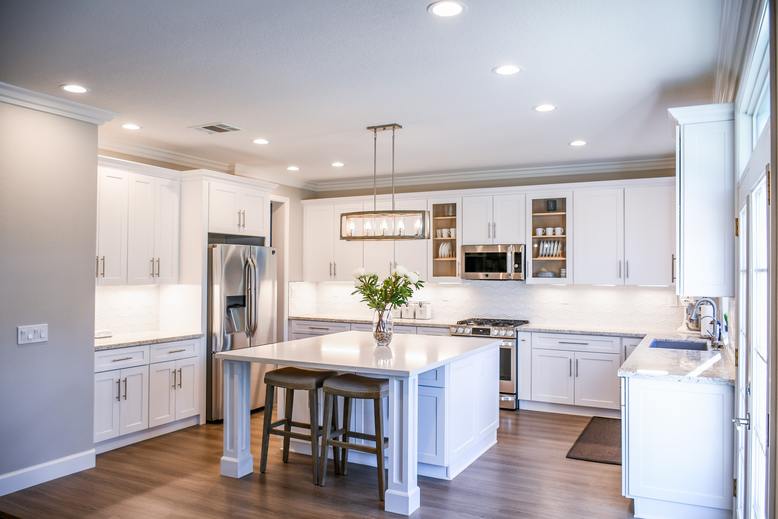
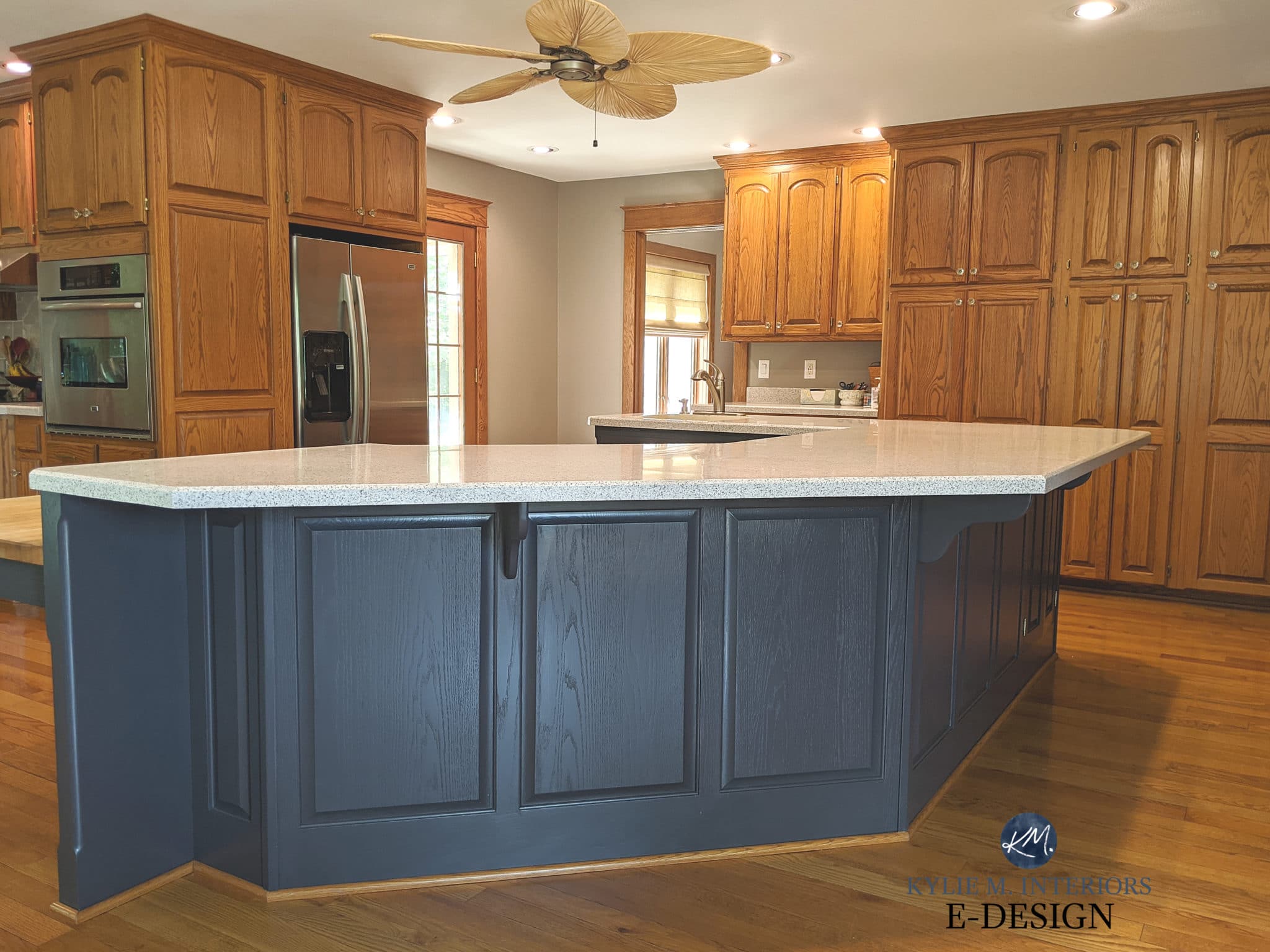






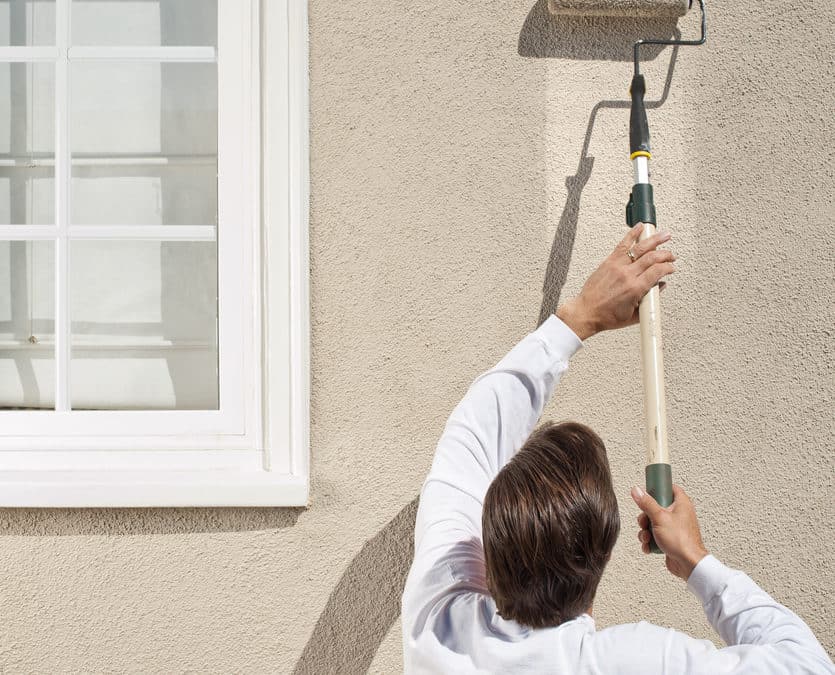
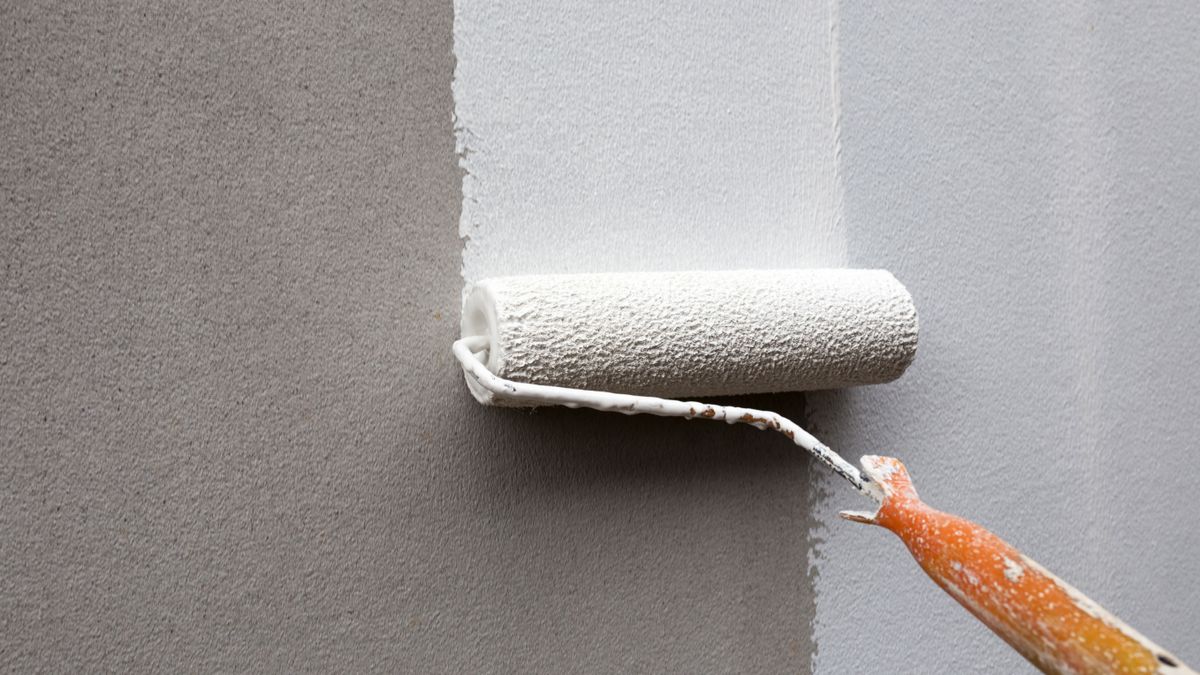

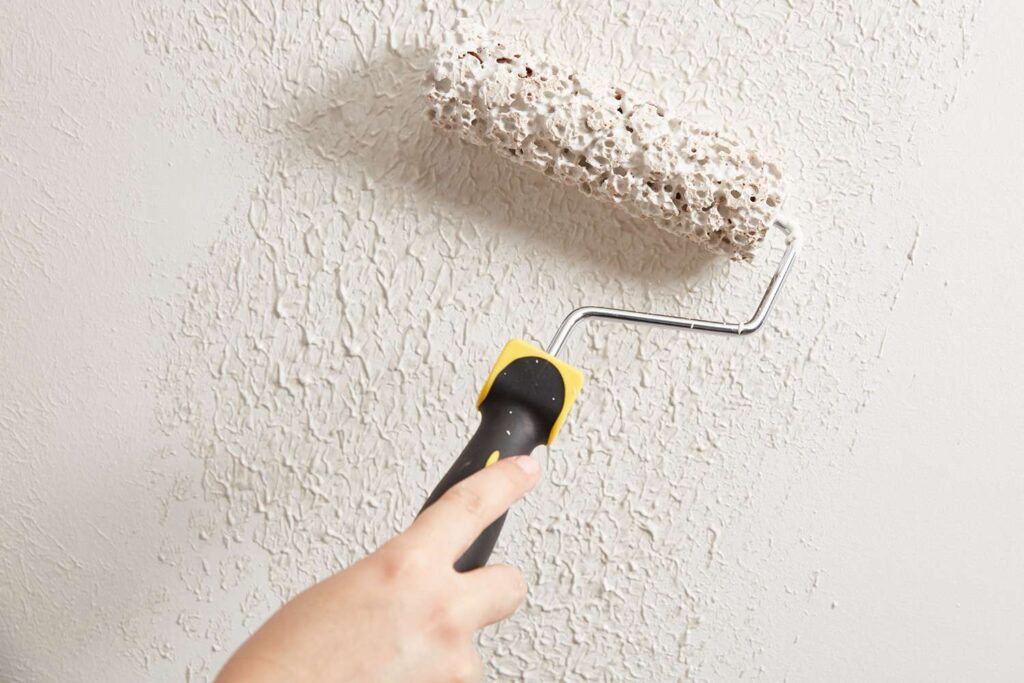


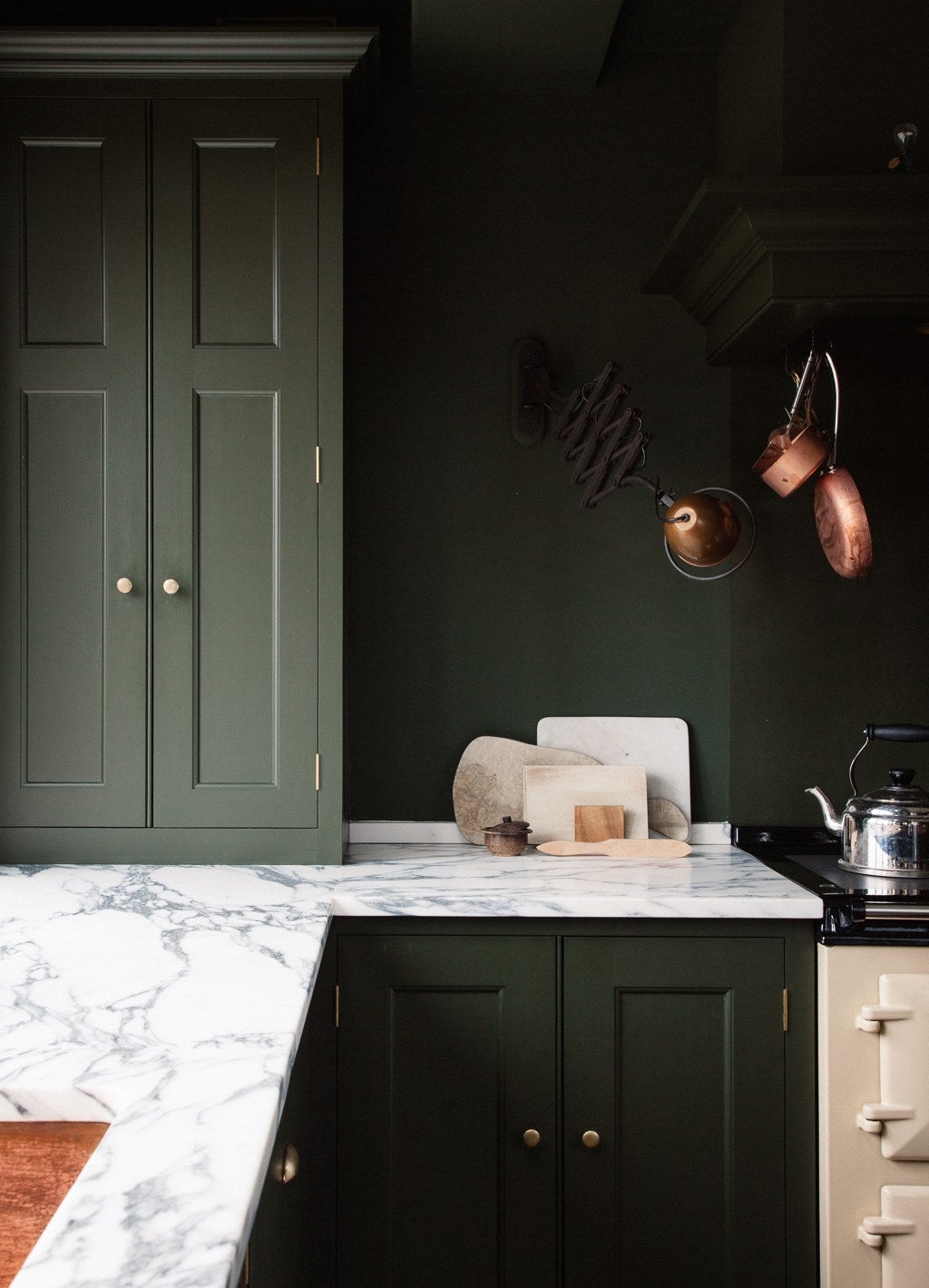


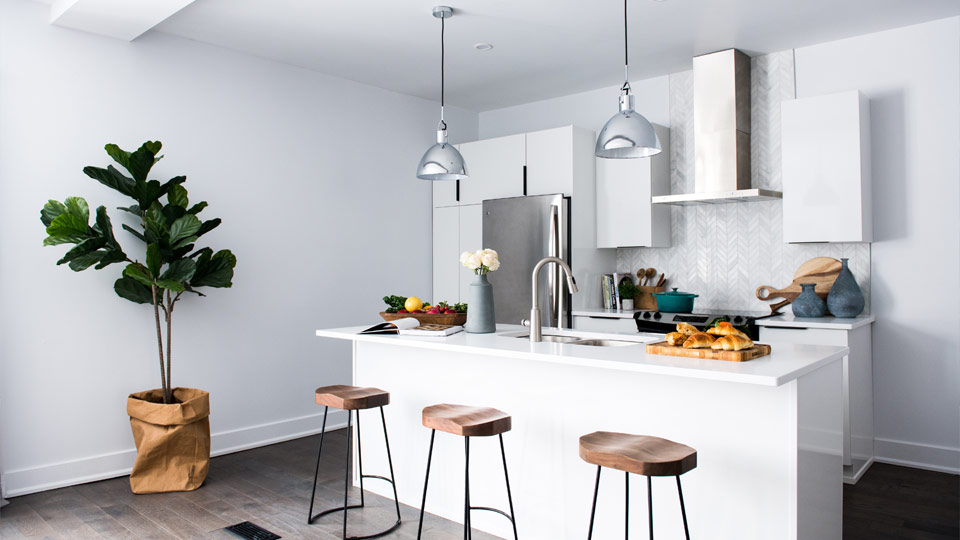


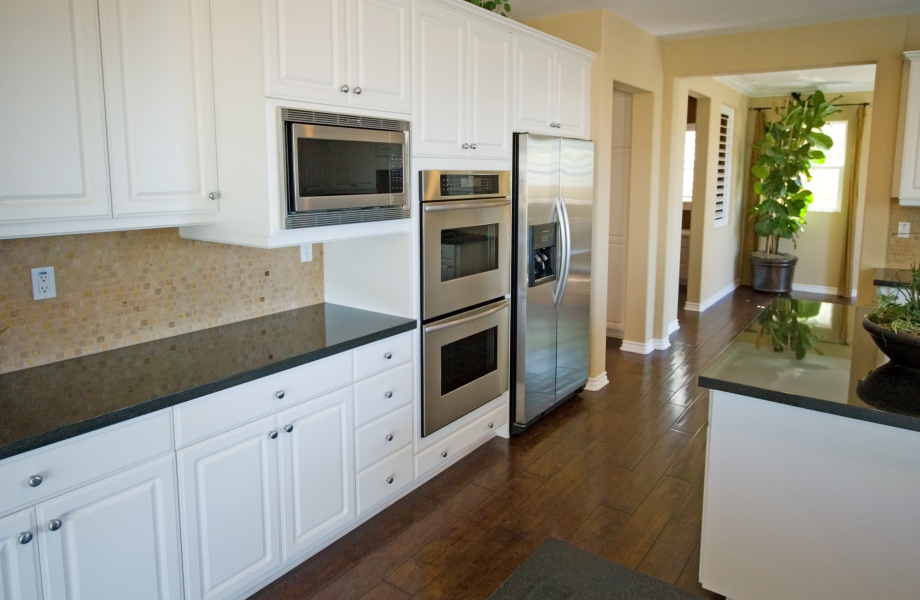





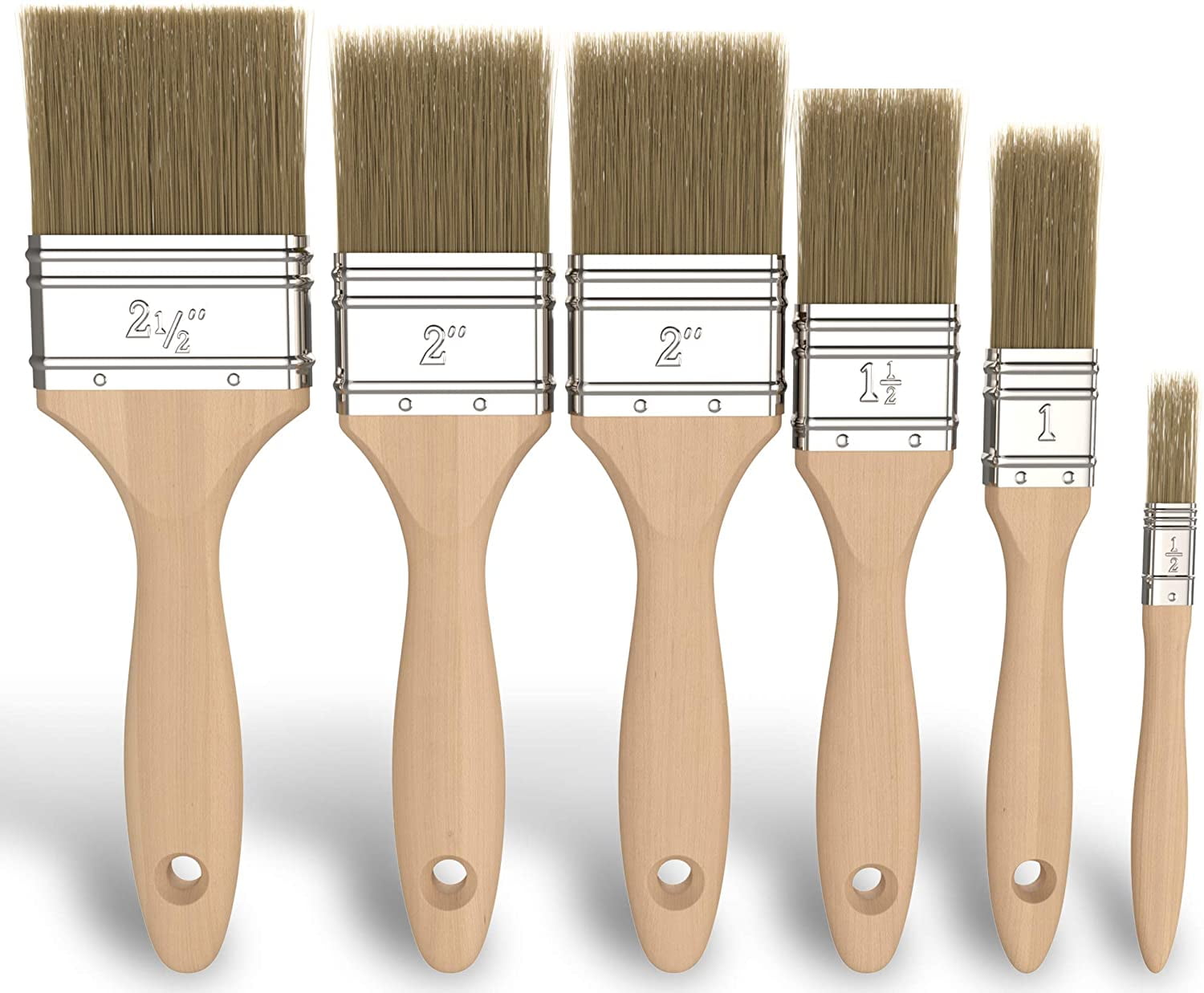
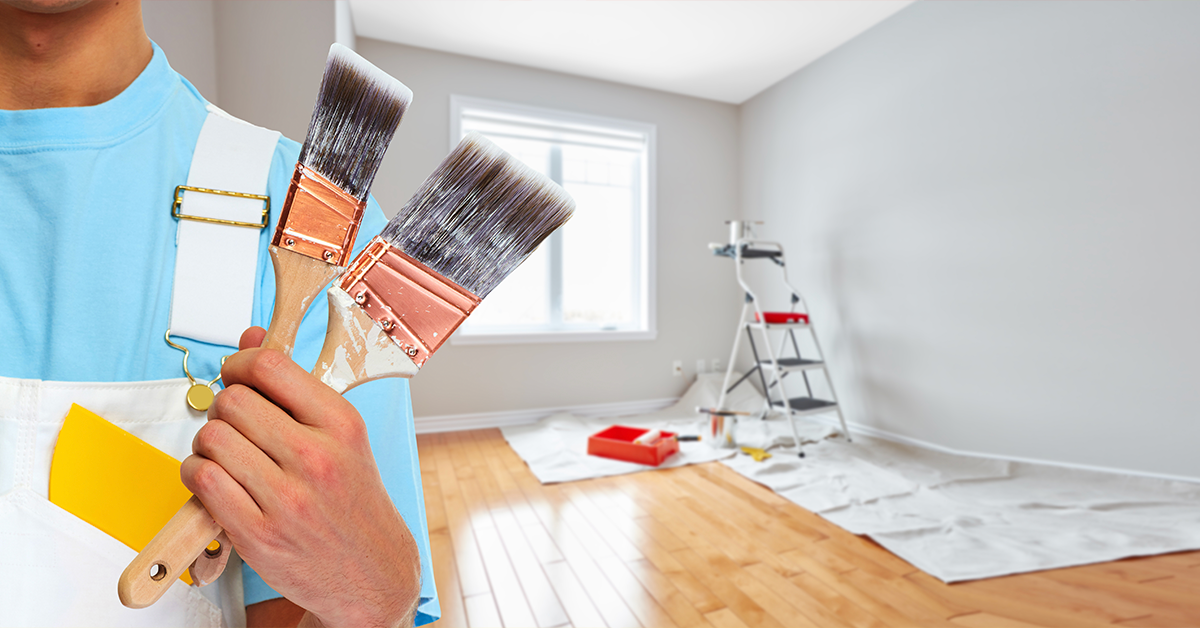





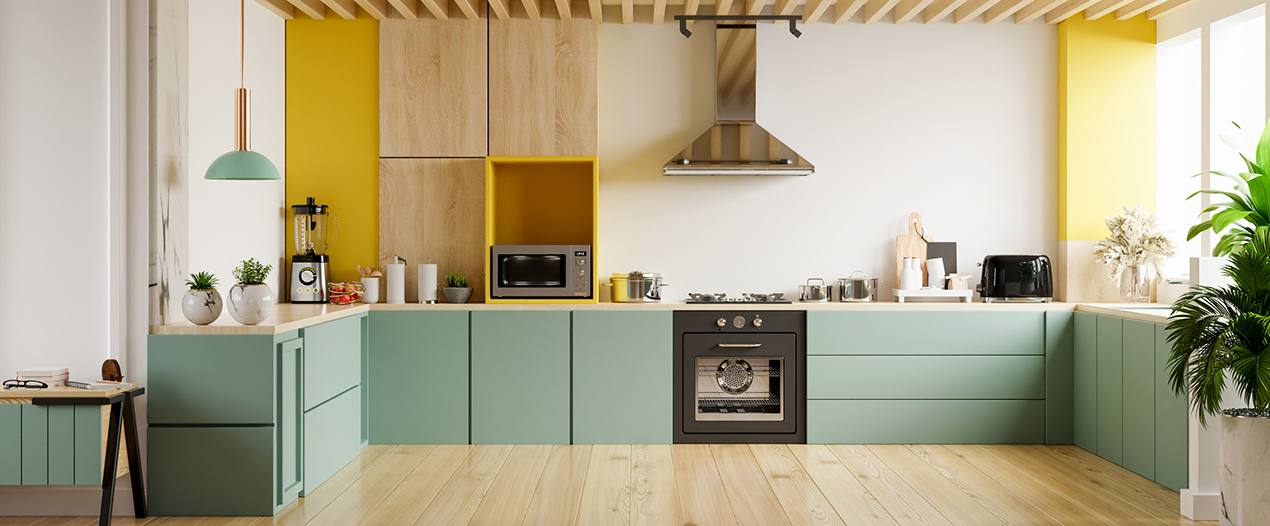
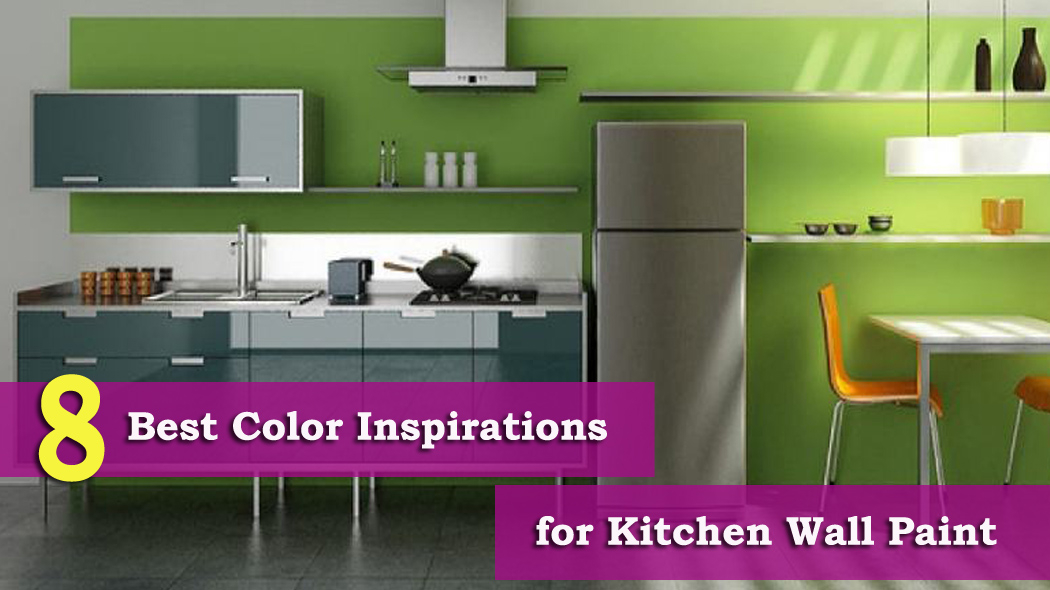
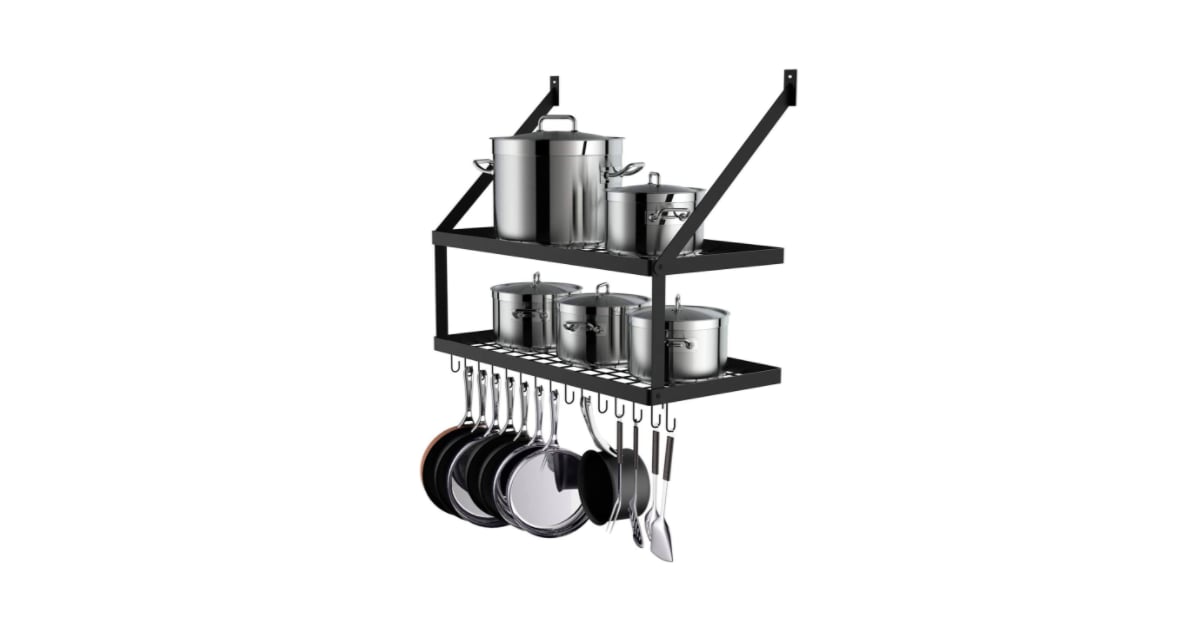

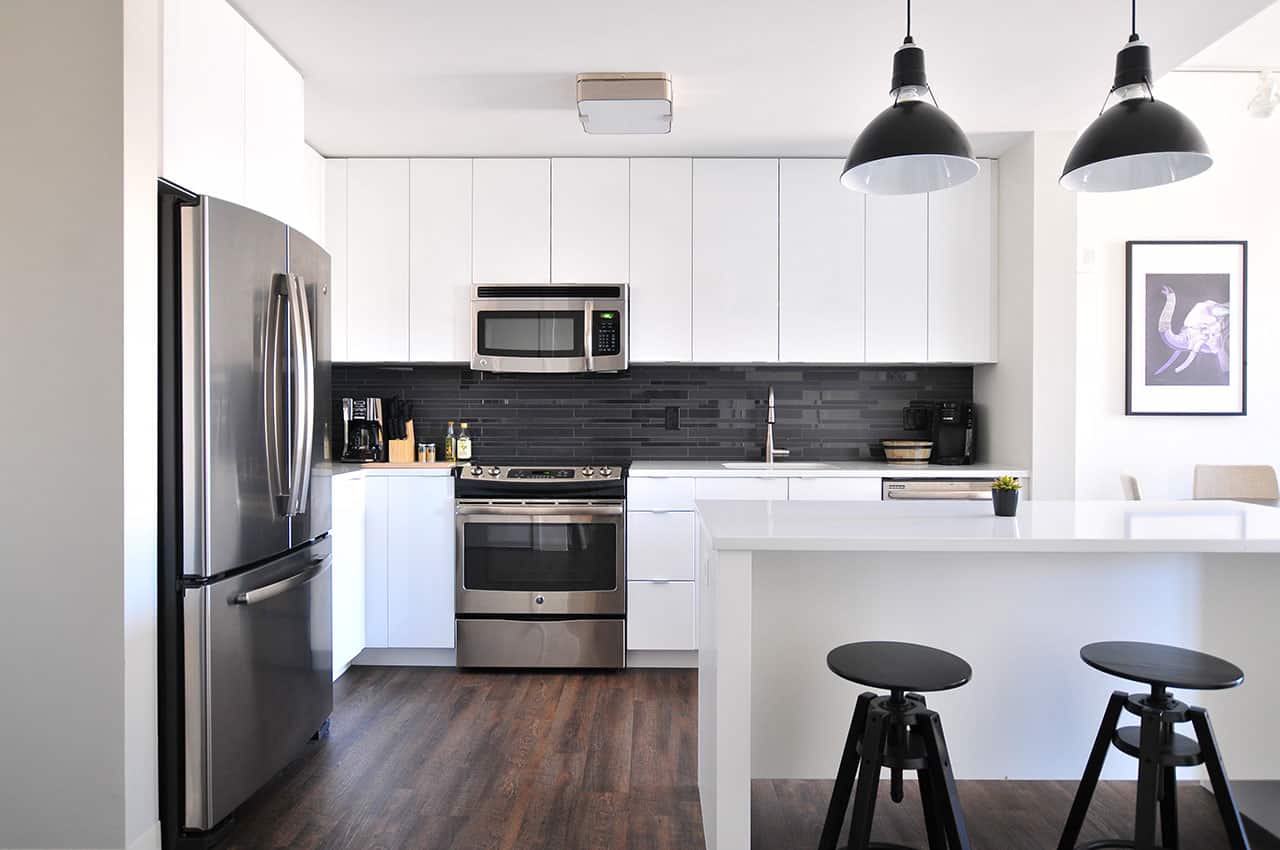

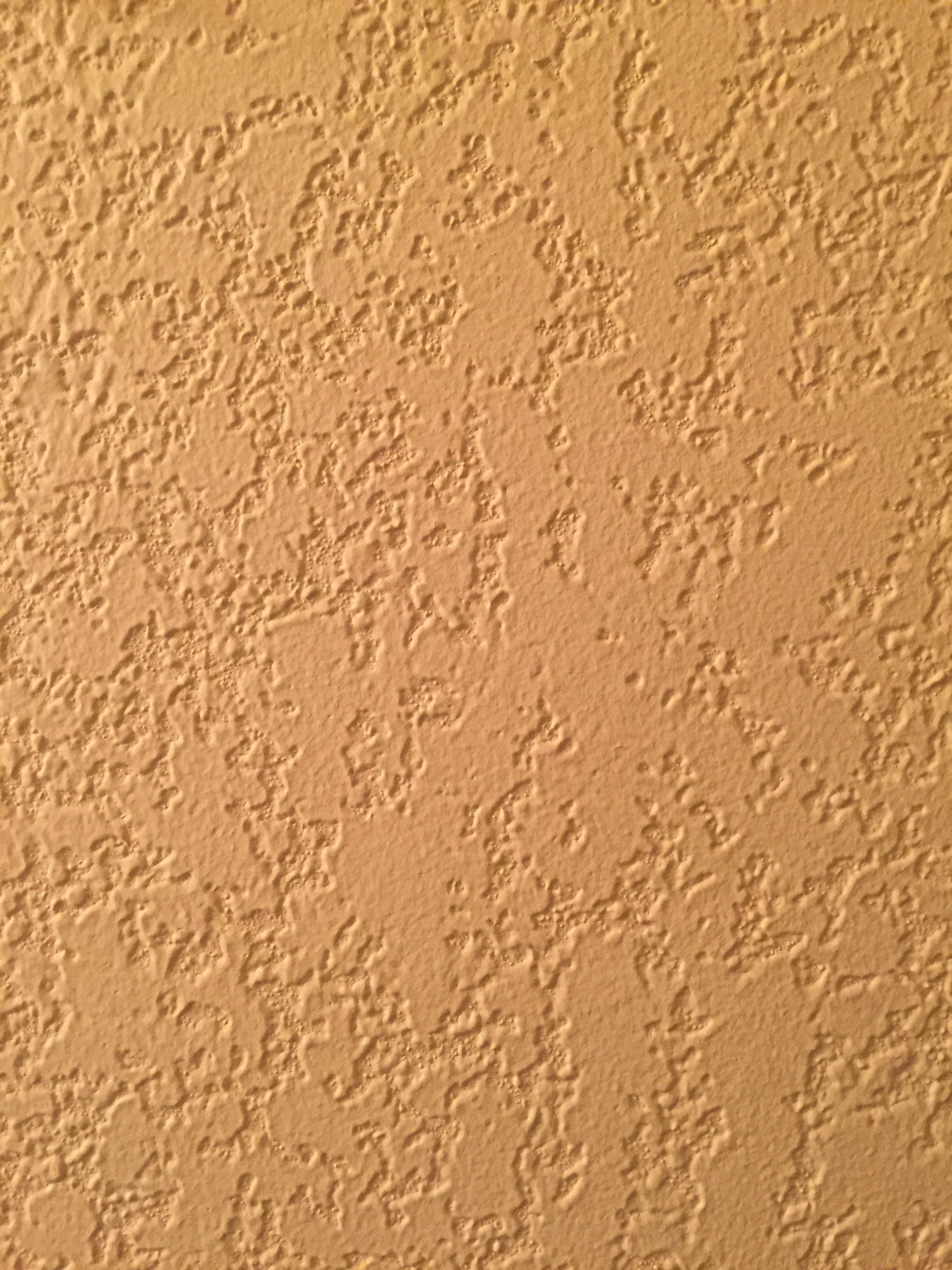









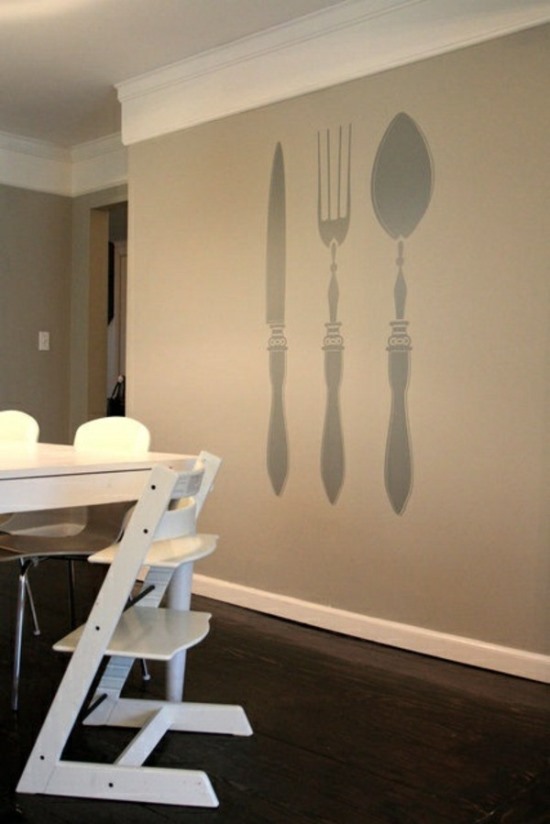








:max_bytes(150000):strip_icc()/water-overflowing-in-kitchen-sink-200553937-001-5797e6335f9b58461f5a6736.jpg)
